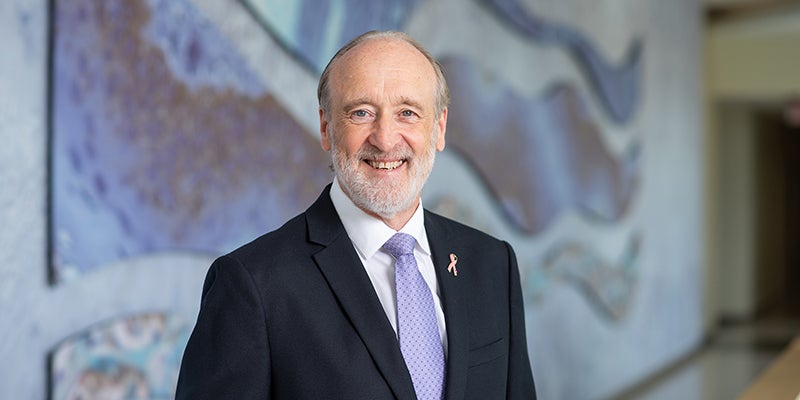New science collaboration forged in community
Published 5:51 pm Friday, January 27, 2023
|
Getting your Trinity Audio player ready...
|
“Drop belly fat drop cancer risk” -— this is a message from MD Anderson Cancer Center, a prominent research institute devoted to the study and treatment of breast cancer. But what’s so special about belly fat or abdominal obesity?
When scientists talk about belly fat, they are mostly referring to a specific cluster of visceral fat situated in the abdominal cavity, surrounding important internal organs. This fat is metabolically very active and influences how certain hormones, such as leptin and cytokines which regulate immune responses, function in the body. Abnormal levels of cytokines and hormones can lead to dangerous health consequences.
Excess visceral fat has been linked to diabetes, cardiovascular complications, several different cancers (prominently including breast cancer and uterine cancer) and earlier mortality, among others. With rates of abdominal obesity skyrocketing in recent decades, researchers are worried about the widespread impact on health this could be having.
Visceral Therapy (VT), a local LLC, was formed by Dr. Zoltan Kiss this month to experimentally address the problem of belly fat. His previous company, incorporated into VT, discovered that a human derived protein, called HDP, in obese mice almost completely removed excess visceral fat and as a result it also reduced high blood glucose and lipid levels. He is working on bringing this project to a human trial.
Another interest of Kiss and his company is to study how HDP may affect the growth of breast tumors in obese mice. Two prominent cancer scientists at the Hormel Institute, Prof. Robert Clarke, the Executive Director, and Prof. Leena Hilakivi-Clarke, are conducting very productive research on different characteristics of breast tumors with the intent of finding how obesity affects cancer and finding effective treatments.
Recently, this common interest in cancer treatments naturally brought VT and the Hormel Institute into collaboration. Interestingly, between 1986 and 1990 all three worked at the National Cancer Institute in Bethesda, MD, each of them studying the mechanisms of chemoresistance in breast cancer, but neither Clarke and his wife nor Kiss remember meeting each other. Now their meeting, maybe dictated by fate, may result in a better understanding and improved treatment of breast cancer.
There are many challenges ahead for VT and the Institute just like for hundreds of other breast cancer researchers. For example, breast tumors have many different subtypes, and the possible inhibitory effects of HDP, whether via reduction of belly fat or some other mechanism(s) must be investigated. Another question is whether HDP is suitable to enhance the effects of already existing anticancer drugs leading to increased life expectancy.
Preliminary results from VT’s experiments performed with various animal models of human breast tumors suggest that this may be the case.
Finally, breast tumors are notorious for acquiring, over time through various mechanisms, resistance to various anti-cancer drugs they are being treated with, making them ineffective eventually leading to the patient’s death. This is more common in people with excess belly fat. In the present clinical practice, reversal of drug resistance is difficult, if not impossible.
The scientists hope that HDP and suitable anticancer drug combinations together may slow or possibly even reverse tumor growth preventing the tumor from having enough time to develop drug resistance in people with excess belly fat.
This may be a viable approach as suggested by one recent science article reporting that breast cancer treatments were more effective in women who had relatively normal levels of visceral fat. The collaborators hope to prove that treatment with HDF can also do the same in breast cancer patients who have too much belly fat. If so, the trio’s work on drug resistance may come full circle.





